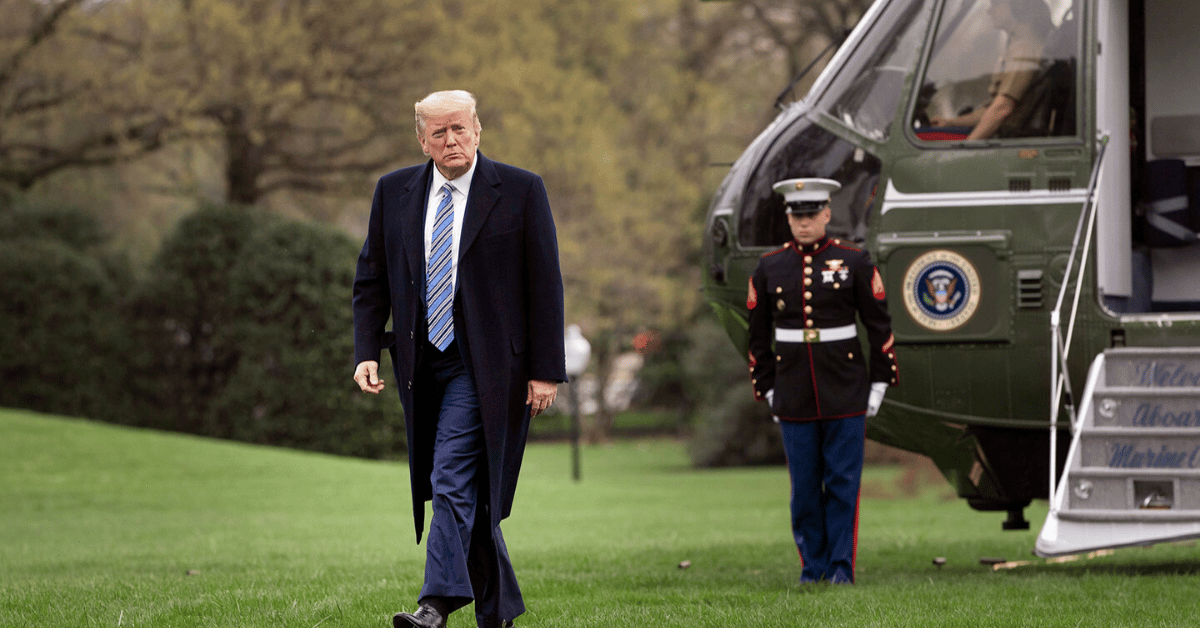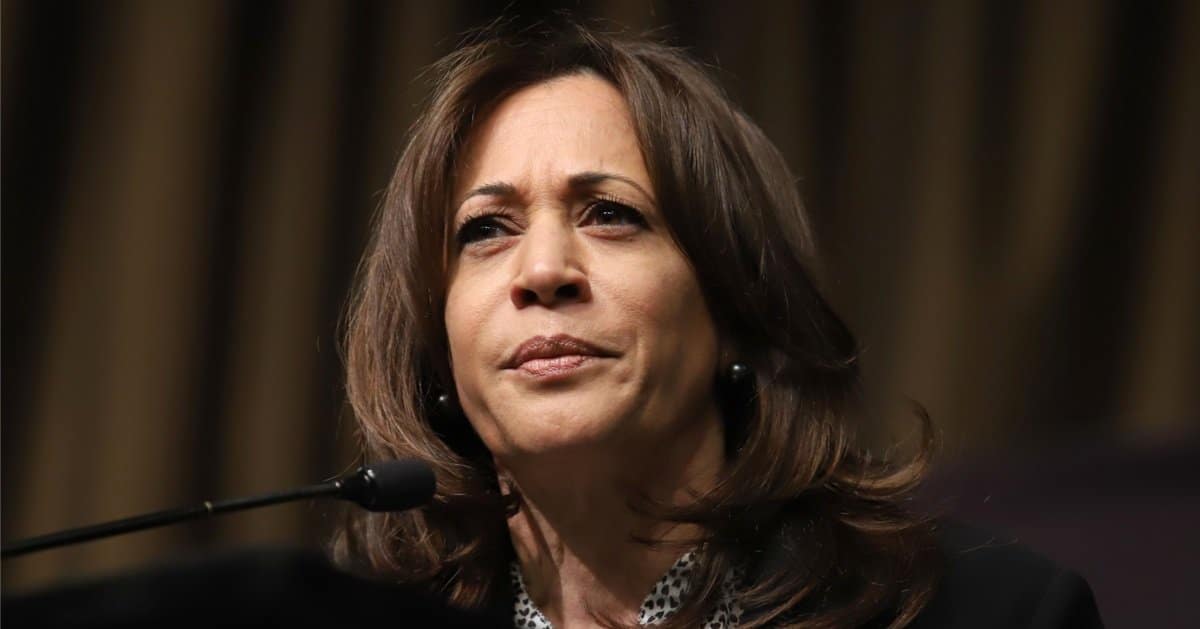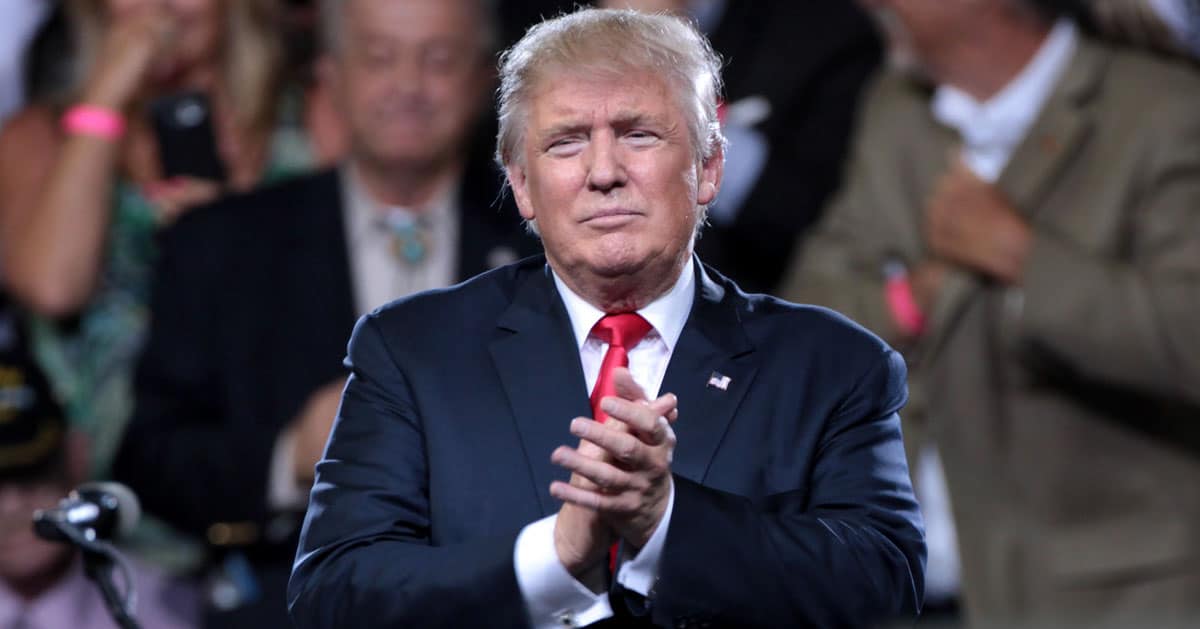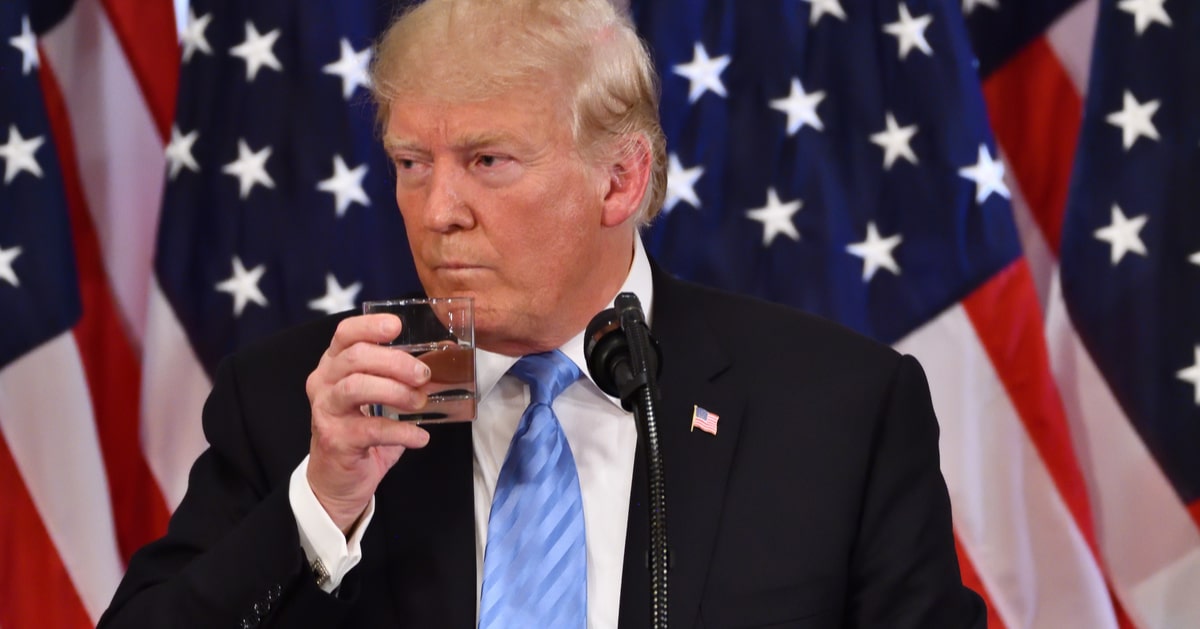




A chilling assassination attempt on President Trump exposed a stunning failure by the Secret Service to protect him.
On July 13, 2024, at a campaign rally in Butler, Pennsylvania, a gunman fired from an unguarded roof, wounding Trump, injuring two others, and killing firefighter Corey Comperatore.
The New York Post reported that the tragedy could have been prevented, but senior officials sat on critical threat information. A Government Accountability Office report revealed that senior Secret Service officials knew of a classified threat 10 days before the Butler rally but failed to inform agents on the ground.
This lapse left those tasked with Trump’s safety in the dark. Systemic communication breakdowns turned a preventable risk into a deadly reality.
The threat, labeled “highly classified,” was known to top Secret Service brass as early as July 3, 2024. Yet, they never shared it with the Pittsburgh field office or local law enforcement planning the rally’s security. This secrecy ensured no one could act to bolster defenses.
The Secret Service’s “siloed practice” for handling sensitive information meant only a handful of agents knew of the danger.
The GAO report, spanning 98 pages, painted a damning picture of an agency crippled by its bureaucracy. Critical details stayed locked away, leaving Trump vulnerable.
The special agent overseeing the Pittsburgh field office was blindsided. He told investigators he would have demanded ballistic glass, drone defenses, and a full counter-sniper team if informed. Instead, he and his team were left to operate on instinct and inadequate resources.
Local law enforcement, equally clueless, had no chance to adjust security plans. The Secret Service missed multiple opportunities to share the threat before the rally. This wasn’t just a slip—it was a systemic failure that cost a life.
On July 13, 2024, Thomas Matthew Crooks climbed an unguarded roof less than 200 yards from Trump’s stage. From there, he opened fire, grazing Trump, wounding two attendees, and killing Comperatore, a beloved firefighter.
A video from victim James Copenhaver captured a figure moving on the rooftop minutes before the shots rang out.
The Secret Service’s lack of drones exacerbated the disaster. Some were diverted to political conventions, while others malfunctioned, operated by inexperienced staff. Technology that could have spotted Crooks was nowhere to be found.
The site agent, new to her role and planning her first major outdoor event, was unprepared for the task. She wasn’t required to review local law enforcement’s operational plans, further weakening the security net. Inexperience and poor coordination left gaping holes.
Six Secret Service agents were suspended for their roles in the failure. The GAO found that five of the 14 agents interviewed relied on their own limited experience, not unified protocols. This patchwork approach turned a high-stakes rally into a sitting duck scenario.
Sen. Chuck Grassley, R-Iowa, didn’t mince words: “A series of bad decisions and bureaucratic handicaps led to one of the most shocking moments in political history.” He’s right—bureaucracy nearly cost Trump his life. The senator’s push for the GAO report exposed truths the agency might prefer to be buried.
Grassley also noted, “This report offers a clear path forward for the Secret Service to improve.” But platitudes about reform won’t undo the damage. Corey Comperatore’s family deserves more than promises—they deserve accountability.
Secret Service Director Sean Curran claimed the agency has taken a “serious look” at its operations. “Substantive reforms” are underway, he said, but such assurances ring hollow after such a catastrophic lapse. Trust in the agency’s competence is understandably shaken.
Curran thanked Trump, Congress, and partners for supporting the agency’s efforts. Yet, Grassley pointed out that the Biden administration had previously denied requests for enhanced security for Trump. Political gamesmanship shouldn’t dictate who gets protection.



